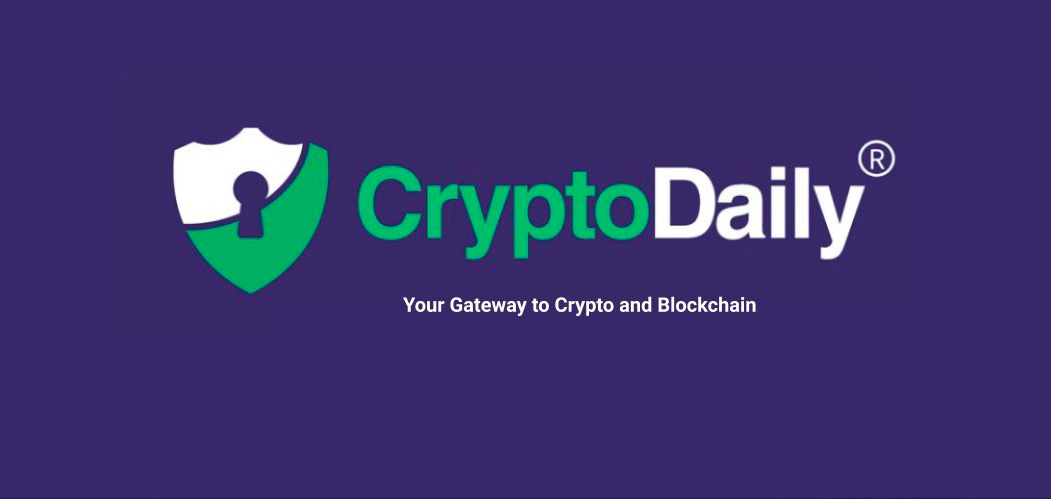From the beginning of 2017, the ICO market continues to experience stagnation. It is getting harder for projects to attract investment; one can observe a clear decline of institutional investors’ activity who actively invested large amounts of funds. The community is trying to find the explanation to such misfortunate situation on the market and how it can be improved. Many expressed their concerns with the growth of Bitcoin and Ethereum’s price. Despite uncertainty around the growth of their exchange rate and whether there ought to be another hype around them, it is important to understand that in a long-run the anticipated and desired growth will depend on their multi-functionality and applicability. I personally tend to think that the situation on the ICO market is connected to the growth of cryptocurrencies’ rates. As you remember, hype around Bitcoin appeared when individuals started to invest huge amounts into ICOs and got enthusiastic about the concept of a simple white paper having the potential to bring them a lot of profit. It is not a secret that poorly written white papers lead to projects’ failures. I have seen cases when ordinary startups were able to gather investments or startups with relatively high success rates all of sudden started experiencing problems. My explanation to both of situations is in the fact that investors prefer not to rush in their decision-making and rather take some time for consideration before investing in startups due to uncertainties on the market. These uncertainties occurred because of the lack of understanding of ICOs’ nature and concepts, and how they should be functioning properly. Current models are reliant on the utility token and its potential, and the way ICO startups with such models are being managed differs from traditional startups’ management. I do not think that investors lost their interest in ICOs; on contrary, they still continue to participate in conferences and meetups. The decline in their investment activities can be and should be explained with the anticipation of a new ICO model that will substitute the existing one and improve it in the way so that to maximize the investment returns. In traditional startups the capital flows in the hands of CEOs and grants them with significant financial decision-making rights. In most jurisdictions, investors whose rights are being violated can seek legal remedy in courts what cannot be said about ICO startups. This is the first difference between Venture Capital investments and ICOs. The second difference lies in the fact that ICO startups receive all of their funding at once what negatively impacts their effectiveness. Traditional startups receive their funds gradually, and they tend to be much more considerate and careful with its allocation on different needs. They will avoid costly expenditures as luxurious working spaces and corporate vehicles, pointless marketing expenses and business-class tickets. Despite the fact that ICO startups’ short-term success greatly depends on its PR campaign, they should not spend too much on it at the cost of product development. Venture Capital startups are constantly being challenged to find new investors: I am observing a new trend, a so-called “small steps financing,” when startups hold investment rounds every couple of months with a 2-3 percent payback as opposed to organizing them every year and half and paying investors 10-25 percent in a big steps strategy. This provides them with motivation to stay on top of all the developments on the market and an additional “safety pillow.” ICO startups that attract huge sums statistically prove to be less effective than blockchain-built startups. Funds that started to invest in crypto based on the VC model encountered problems as they did not consider the realms of the ICO market and were rather careless with the selection criteria. The startup-investor relationship does not allow interfering in the decision-making process and getting access to the up-to-date information about what is really happening inside the organization. Eventually, investors realized all the drawbacks of the existing model and decided to abstain from activities that would result in capital loss, amended assessment and selection criteria and started being more demanding in conditions they set for startups. My personal market forecast is drawn to the following components. Firstly, inevitable changes in the model will give an impetus to new tools that will help investors to evaluate the trustworthiness of startups, as outlined in the DAICO contact, a mechanism according to which investors cast their vote to allow the startup to receive the next batch of money based on the execution of the previous stage of sale. Secondly, an anticipated legislative regulation will expand the legal nature of a token, making it a security that could be launched on the market. This will have an effect on processes within the company and the way it receives its profit and solve existential problems and doubts surrounding tokens in general. The misconception about the growth of token’s demand is one of such problems. Contrary to a common belief, it depends on both the demand and supply rule and its velocity, or the speed of its reappearing on stock exchange. If token holders are using tokens only for payment and lack motivation to keep them, they post tokens on stock exchange right after transactions are completed. Instant circulation of tokens leads to the situation when even a relatively small amount can cover any demand, e.g. the demand's growth can no longer have a direct impact on the growth of token's rate. And at the same time additional motivation to hold the token can be seen by the regulator as an intention to receive passive income. Finally, the third way to solve the crisis on the market is through the mechanism that will allow investors to simultaneously enter tokens and equity of the project. Such mechanism will eliminate the conflict of interest between the owners of tokens, interested in the growth of token’s value, and the owners of equity, interested in the growth of equity value, respectively. This solution will have a positive impact on the market that lacks a common governmental approach to its regulation. It will become a temporary “safety bag” that will benefit the development of the industry and startups, enhance the money flow and provide additional safety to investors. Regardless, there is light at the end of the tunnel. Blockchain-built startups still will be able to attract investments. With a new model on its way, we will soon witness a new wave in the interest towards blockchain startups and new mechanisms that will ensure success of the industry in the long-run.
Investment DisclaimerThe ICO Bubble Collapsed. Why Your ICO Would Not Be Able To Attract Investments?

Due to stagnation on the ICO market and doubts around the existing investment model, investors prefer to abstain from major moves while waiting for a more favorable climate in the industry. The previous investment boom led to the collapse of the ICO bubble with Venture Capital traditions wrongly projected on the emerging ICO market. Ivan Aleksandrov,the CEO of Memorandum Capital, an investment company focused on ICOs and investing in blockchain-based assets, outlines the most problematic aspects of the existential crisis of the industry and makes predictions about further trends on the market based on his significant professional experience and personal observations.







